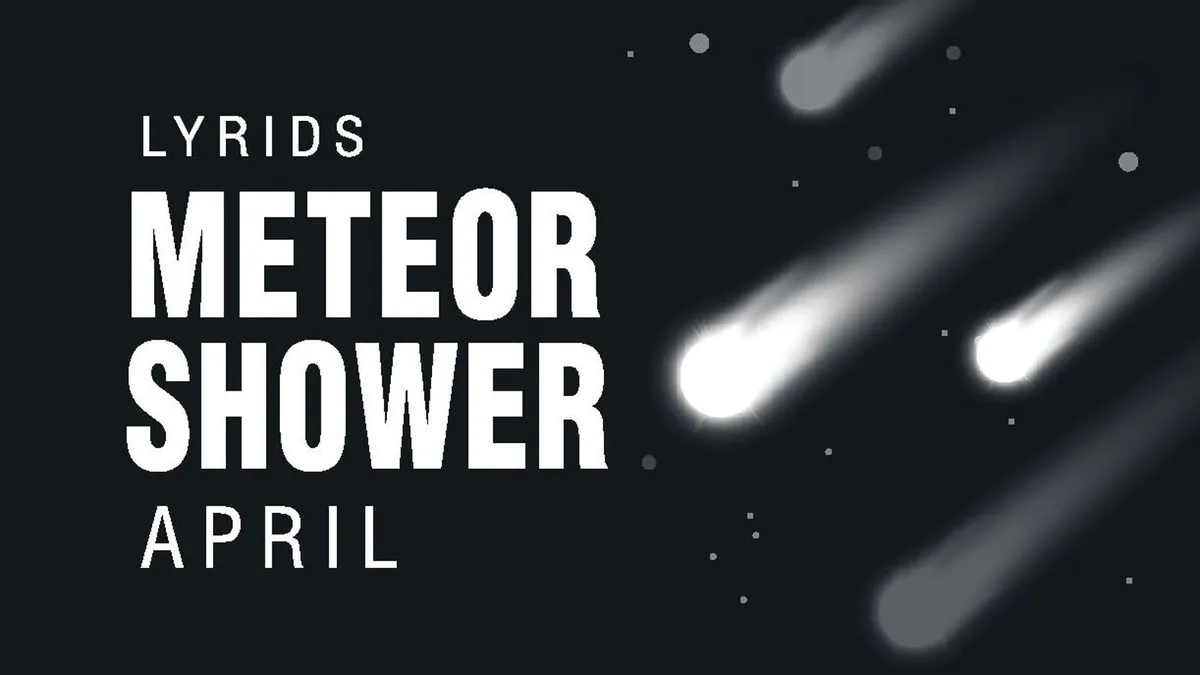
The Lyrids meteor shower, one of the oldest known meteor showers, is set to grace the night sky starting on Thursday, April 17, 2025, with its peak occurring in the early hours of Tuesday, April 22. During this peak, stargazers can expect to witness around 18 meteors per hour, including some exceptionally bright fireballs that will illuminate the sky. This astronomical event marks the first meteor shower since January, making it a highly anticipated occasion for astronomy enthusiasts and casual observers alike.
Meteors are fascinating celestial events caused by small particles of rock and dust that originate from comets entering the Earth's atmosphere. As these particles burn up upon entry, they release energy in the form of photons, creating the stunning light displays we see in the night sky. According to NASA, these meteors come from residual particles left behind by comets and fragments from broken asteroids.
“Meteor showers like the Lyrids are mainly composed of particles from Comet Thatcher,” explained astronomer Moskovitz. “This comet releases a wide range of particles, from tiny grains similar to talcum powder to larger chunks comparable to apples and oranges.” This diverse range of sizes leads to varying brightness levels among the meteors, with some Lyrid meteors culminating in spectacular fireball displays that leave behind a lasting ionized trail in the atmosphere.
To make the most of this celestial event, it’s essential to approach viewing the Lyrids meteor shower as a stargazing session. The best practice is to find a dark location away from city lights, ideally in the pre-dawn hours on the peak night. It’s crucial to avoid looking at your smartphone, as the bright light can significantly impair your night vision, making it more difficult to see the meteors. Additionally, minimize exposure to artificial lights, including street and security lights, which can detract from your viewing experience.
While the meteors may appear to radiate from near the star Vega, it’s important to remember that meteor showers are all-sky events. This means you can look anywhere in the night sky to catch a glimpse of these stunning shooting stars.
Following the Lyrids, astronomy enthusiasts can look forward to the Eta Aquarids meteor shower, which will run from April 19 through May 28, 2025, with its peak occurring in the early hours of Monday, May 5. During this event, stargazers can expect to see approximately 40 to 60 meteors per hour. The Eta Aquarids are associated with Halley’s Comet, the most famous comet, which last visited the inner solar system in 1986 and is anticipated to return in 2061. This meteor shower is particularly best viewed from the Southern Hemisphere due to its radiant point being located in the constellation Aquarius, which is lower in the southeastern sky when viewed from the Northern Hemisphere.
For more in-depth insights, you can explore articles and resources such as:
Total Solar Eclipse 2024 Photos: NASA Astronauts Take Historic Images From Space The Greatest Eclipse Of Your Life Is Coming Soon — Here’s What To KnowAs we prepare for the upcoming Lyrids meteor shower, mark your calendars and get ready for a captivating night of shooting stars!